The healing properties of herbal teas
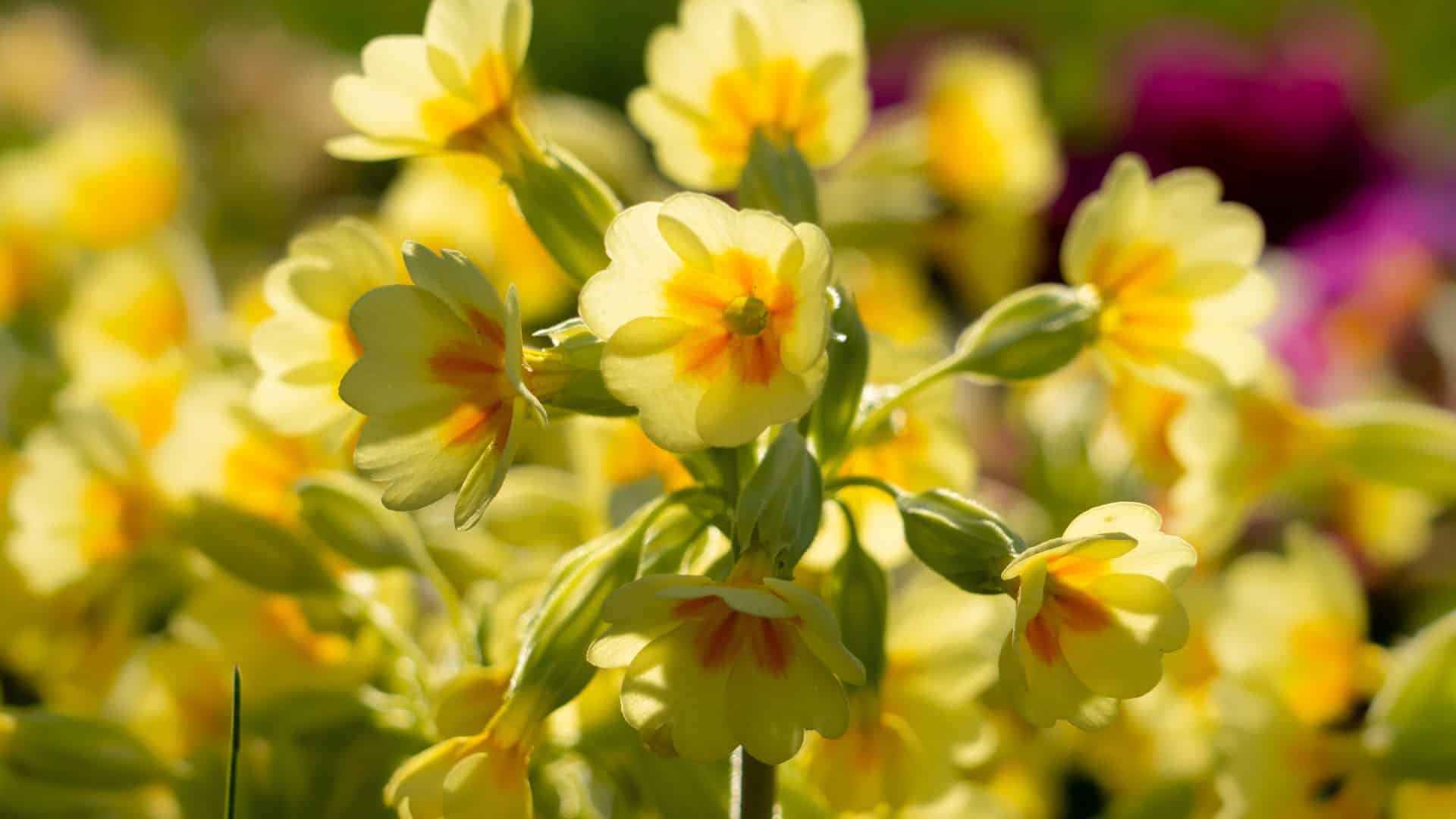
Cowslip
In the spring, along with the warm rays of the sun, various meadow flowers bloom, among them the bright yellow flowers of the cowslip. They can be seen not only in meadows, but also in forest clearings and roadsides – where you can bask in the sun all day.
Since time immemorial, cowslip has been valued in folk medicine and used in the treatment of various ailments, as this plant of the primrose family has a calming, memory-enhancing and depression-relieving effect. Yellow flower tea helps fight chronic constipation and also acts as a diuretic. Cowslip is considered especially valuable in the treatment of various cold diseases, as they help to get rid of a dry cough, promote expectoration, reduce irritation and spasms. Cowslip is widely used in pharmaceuticals, for example, its flower extract is part of the food supplement “Sinunorm DUO“, which takes care of respiratory health. “Sinunorm DUO” simultaneously affects both the upper respiratory tract – the nose and its sinuses, and the lower – bronchi, and also takes care of the normal functioning of the immune system.
When to collect? The flowers of pantyhose are collected when they have bloomed, while the leaves are collected after flowering, because then more valuable substances are concentrated in them.
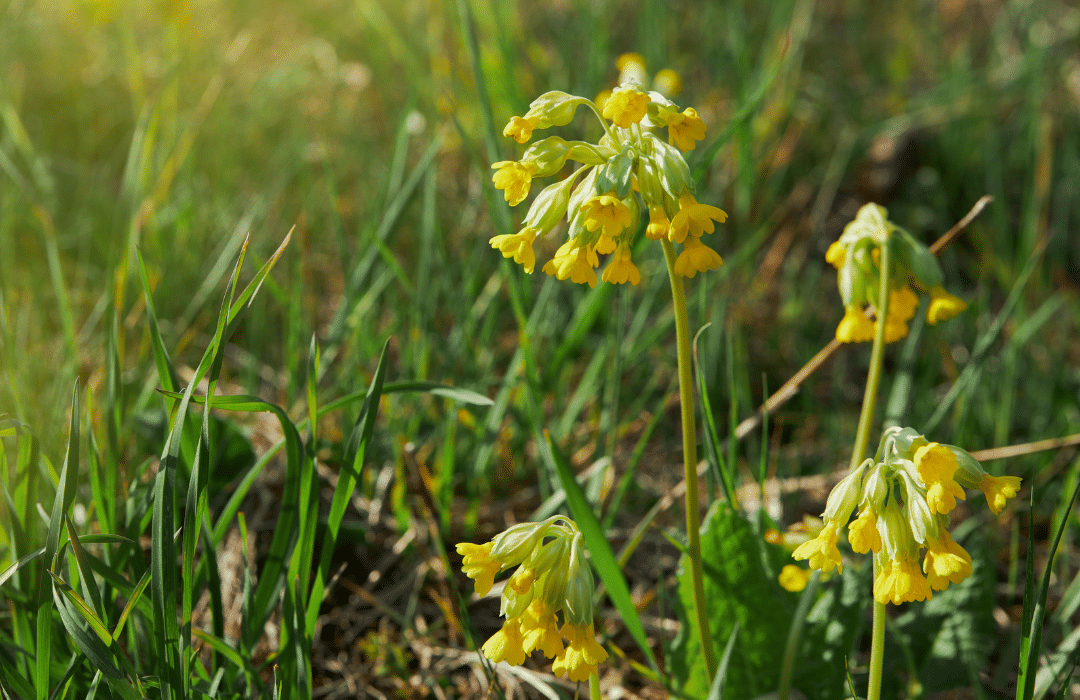
Linden flowers
Every summer there comes a time when linden trees not only smell intoxicatingly sweet, but also make a humming sound – that’s when you should go to pick linden flowers. Bees and other nectar-loving insects swarm around linden trees during flowering, so be very careful when picking the flowers to avoid getting stung.
In folk medicine, linden flowers are praised as excellent helpers for overcoming colds, reducing inflammation in the oral cavity and throat, they also promote sweating, strengthen immunity, help treat gastrointestinal and cardiovascular diseases.
Although linden tea is very tasty, it should be taken as a course and not drunk for a long time every day, because it stimulates the body, which in turn leads to insomnia, nervousness, increased blood pressure and an increased heart rate.
When to collect? The linden flowers are collected when they have bloomed but not overbloomed. It is easiest to do this with sharp scissors, cutting the inflorescences with the entire wing.
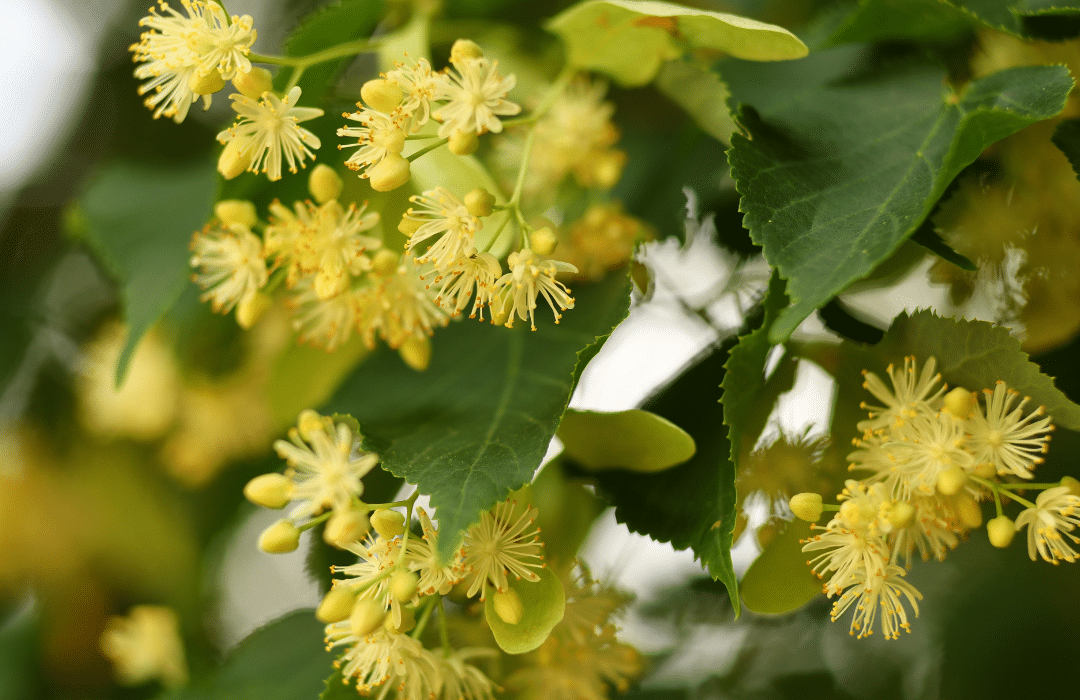
Chamomile
Chamomile is world famous because no other plant in the world is used as much in medicine and cosmetology as chamomile. This small, humble flower won world fame not because of its appearance, but because of its value. Chamomile soothes, helps you fall asleep more easily, improves the digestive system, reduces flatulence, heals wounds, rashes, softens the skin and has a beneficial effect on the scalp and hair. For respiratory diseases, it is almost irreplaceable – it is used both for inhalations and in tea. Chamomile flower extract is especially valuable – it helps maintain respiratory function and provides an antispasmodic effect.
When to collect? The most valuable chamomile flowers are when they have barely fully opened and the flowers resemble small daisies. Chamomile flowers tend to bloom several times during the summer, so the flowers are removed very carefully so as not to pull the plant with all its roots from the soil. It is also convenient to trim the flowers with small scissors. If you want to grow chamomile in your garden, sow them from seeds, do not cut off all the flowers, but let them sow.
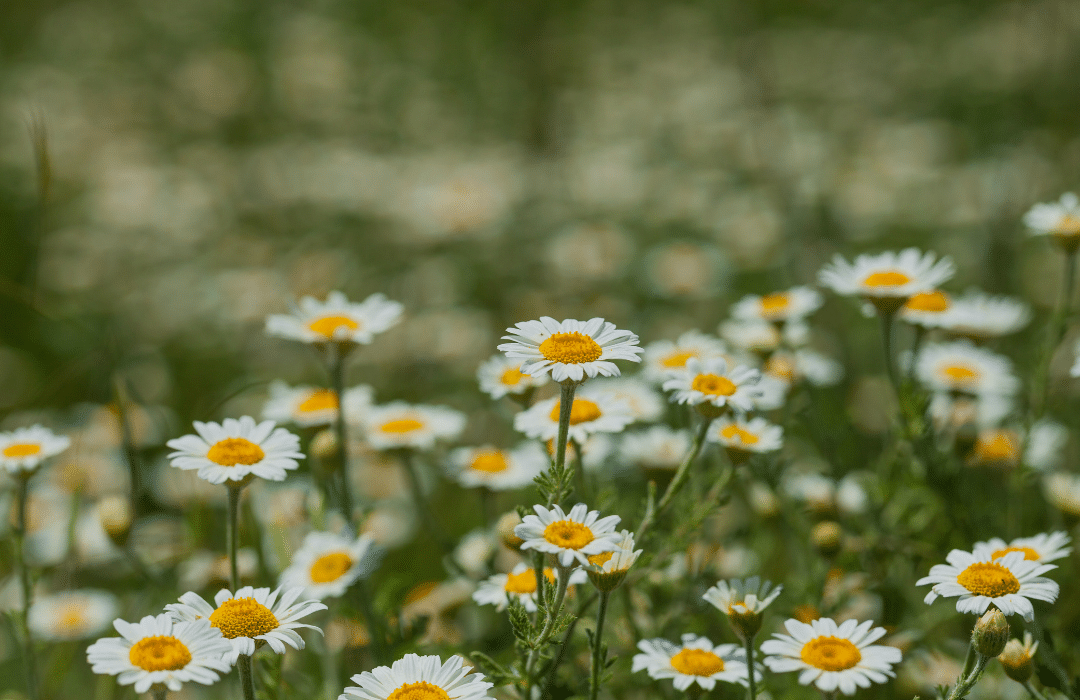
Marshmallow
A few years ago, marshmallow experienced its greatest hour of glory, as it was ranked as one or more of the miracle cures for various ailments. It must be said that marshmallow is not a miracle cure, but it has been used in folk medicine for many centuries to stimulate the digestive organs, reduce stomachaches, improve kidney function and fight fever. Marshmallow is very useful in the treatment of the respiratory tract, as it has an antiseptic effect, soothes the respiratory tract and helps treat coughs, which is why it is used in modern pharmaceuticals in antitussives. The dry extract of its liquorice is also included in the composition of “BronchoNorm“. This product has a beneficial effect on the respiratory system – it soothes and reduces irritation in the respiratory tract, which can cause coughing, frees the respiratory tract from accumulated secretions and facilitates breathing.
When to collect? Marshmallow is harvested during flowering in July – both leaves and flowers are suitable. The shoots are cut with sharp scissors, approximately 5 cm from the soil surface.

Yarrow
The yarrow, whose flowers resemble gray-white thick lace, blooms here in July and blooms until autumn. Thanks to the work of breeders, varieties with colorful flowers are also available and they fit well in flower beds, but the common yarrow has more valuable properties. In folk medicine, yarrow plays a special role, because its application is very wide – it relieves menstrual pain and bleeding, helps regulate the functioning of the digestive organs, calms, regulates blood pressure, fights colds, and even relieves toothache. Yarrow helps, reduces elevated temperature, reduces inflammation, helps treat cough and runny nose. Although today yarrow tea is not widely known, it is probably associated with childhood memories, when grandmothers served it as the first aid for colds.
How to collect? For yarrow, you can collect only the flowers or they together with the stem and pods. Before collecting yarrows, you should carefully study their appearance, because they are very similar to the willow worm, which does not resemble a yarrow at all.
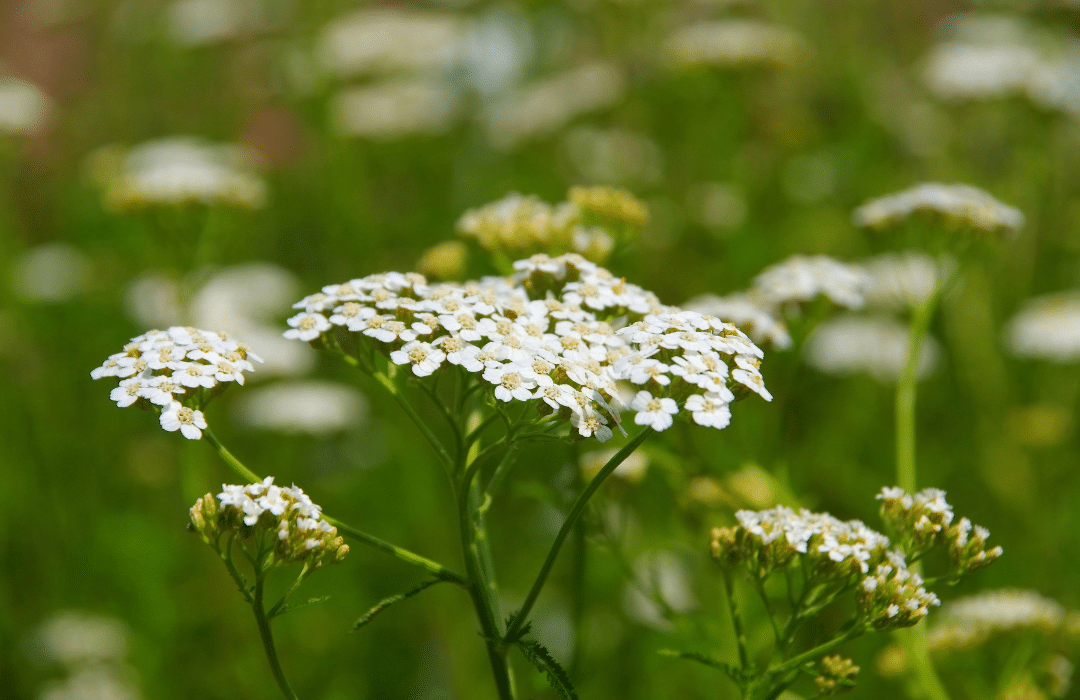
Oregano
Oregano is a perennial plant and many people think of it as just a spice that goes well with pizzas, but it is also a valuable medicinal plant.
Oregano tea is useful for relieving the symptoms of respiratory tract diseases – bronchitis, cough, pulmonary carson -, to promote expectoration, to increase sweating at high temperatures. It also relieves joint pain, inflammation and helps to improve the functioning of the digestive system. Oregano is calming and relieves stress, which is why it is also included in the dietary supplement “Sedanorm“, which helps maintain a healthy nervous system.
When to collect? Yarrow can be planted in the garden and used both as a herb and as a medicinal plant. The most valuable substances in the rowan are from the end of June to the middle of August, when it blooms with small pale pink flowers. If you cut off about 25 cm long branches of flowering plants with a sharp knife or scissors, after a while the rowan continues to grow and clump.
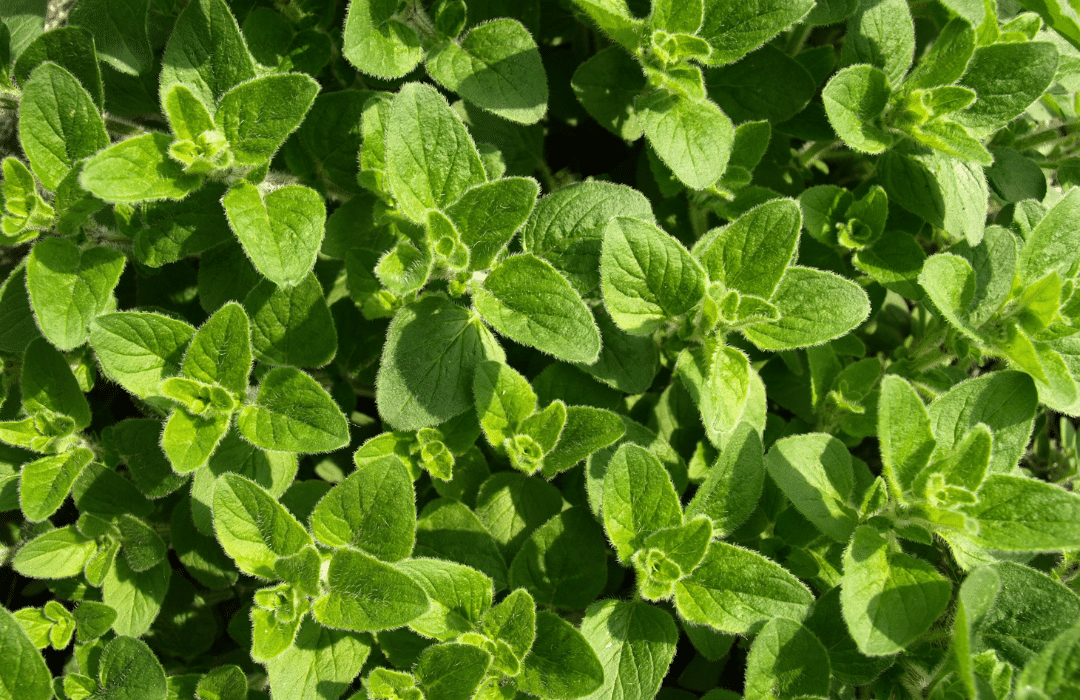
Peppermint
Aromatic mint is one of the most commonly used teas, but its fresh leaves are great for refreshing and cooling cocktails. Peppermint is also a medicinal plant, so it is used both in medicine and in pharmaceuticals. In folk medicine, peppermint is used to make it easier to overcome colds and coughs, the cooling effect has a good effect on a sore throat and soothes the mucous membrane. Depending on the strength of the tea, peppermint also serves as a calming or invigorating agent. Mint has been proven to have a positive effect on the digestive organs, relieves stomach aches, nausea and flatulence, so it’s great to always have mint tea at home and a known recipe to make a stomach-improving drink. But the dietary supplement Spasmoil, which contains peppermint and fennel essential oils, is just as useful . It has an antispasmodic effect and helps reduce flatulence and improves digestion.
When to collect? Mints are harvested when the flowers are still in bud, because that’s when the leaves are most aromatic. It is best to cut off the entire stalk with leaves, then the mint will grow again. You can dry only leaves or leaves with stalks, but you have to take into account that it will be difficult to pinch the dry leaves from the stalks – they will crumple.
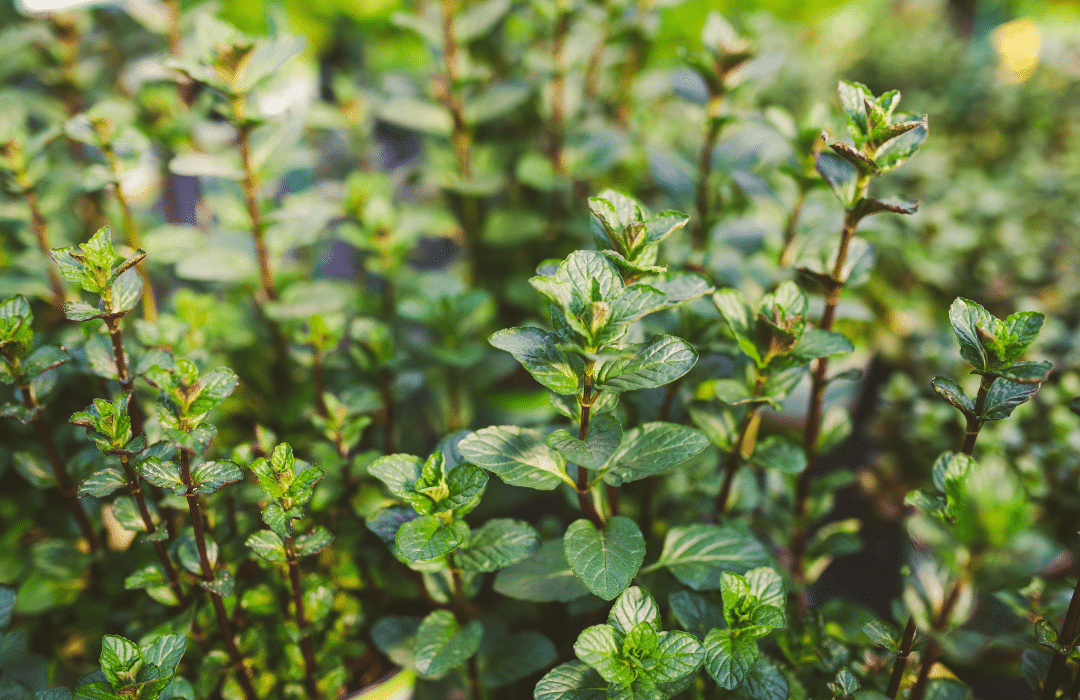
How to dry teas?
Only healthy, beautiful medicinal plants should be harvested, and this should be done very carefully so as not to harm the plant itself. Never cut off all the flowers or stems, and pull the plant out of the soil and take only the parts you need, discarding the rest. Before collecting medicinal plants, it is good to familiarize yourself with their appearance and external signs, so that your hand does not slip and you do not take someone you don’t want with you. Harvest the plants only in dry weather, in the first half of the day, preferably when the day is slightly cloudy. It should be assumed that only about 30% of the collected fresh plants will remain after drying.
How to store teas?
Spread the collected flowers or leaves evenly on a clean cloth or paper. Don’t be alarmed if you notice an insect or a beetle in the plants – they don’t like dry plants, so they will leave. For drying, choose a well-ventilated, dry place that is not exposed to direct sunlight. A shed, veranda, shed is ideal, if there are no other options, it can also be done in a room. Medicinal plants can also be dried in an oven or dryer – set the temperature no higher than 35 degrees and within a few hours, the plants will be dried. Drying should be approached with great responsibility, because overdried plants lose their aroma and fall apart. Dried flowers and leaves are stored in a dark place in cotton or linen fabric bags, paper bags (a sugar packet works!), in well-sealed wooden, ceramic or glass containers. Properly stored tea does not lose its good properties for 2 years. To prepare a medicinal remedy for a specific need, you must strictly follow the recipe! Similarly, people with certain illnesses, pregnant women and small children should carefully familiarize themselves with the effects of each plant and then evaluate whether and in what way they may use them.






